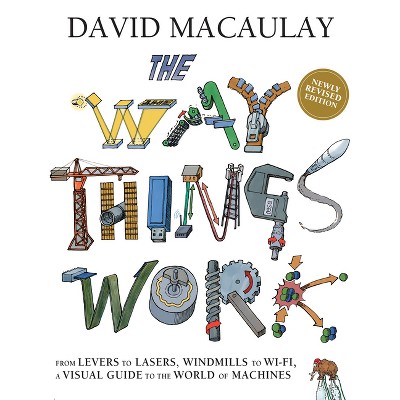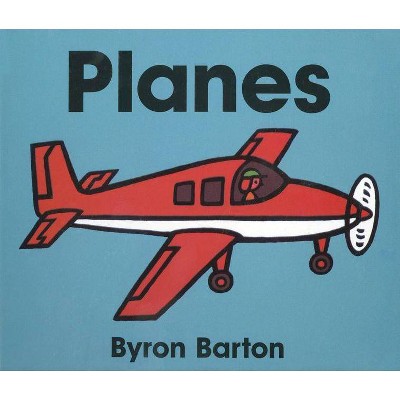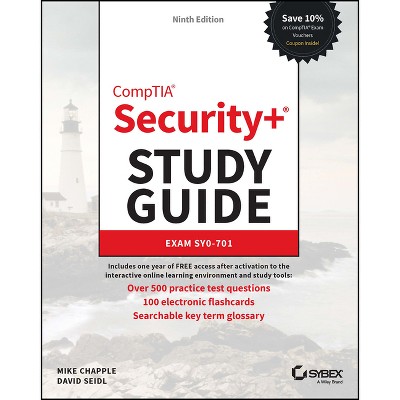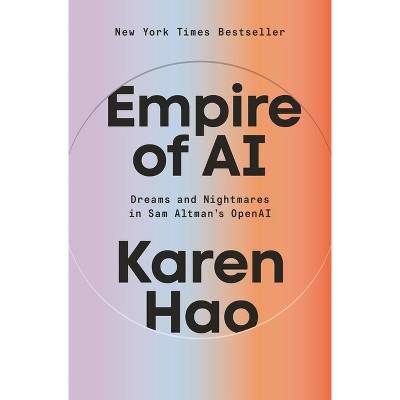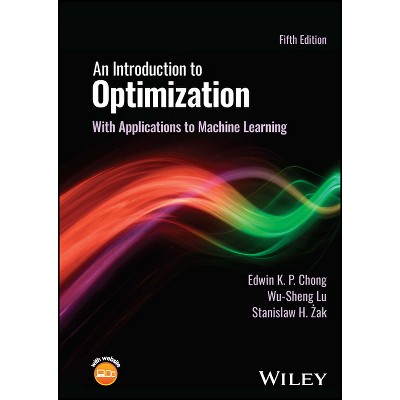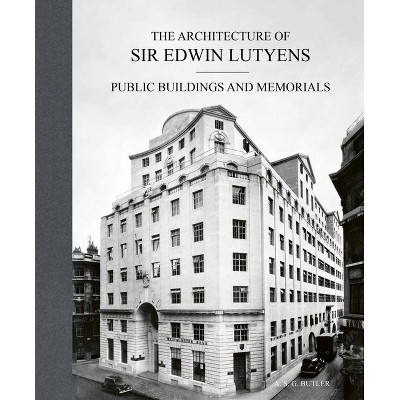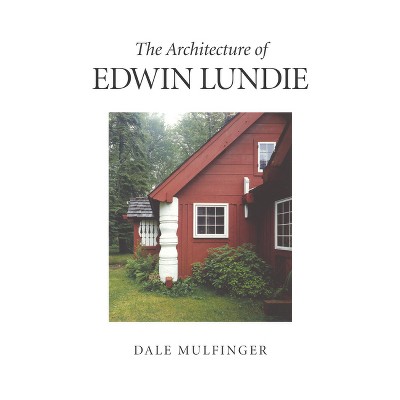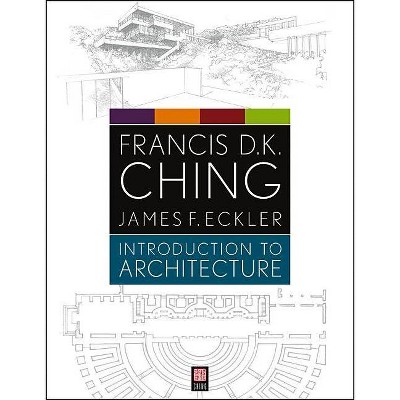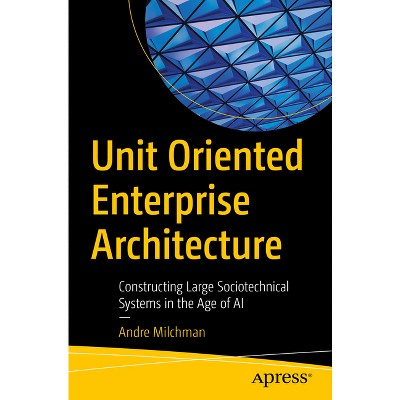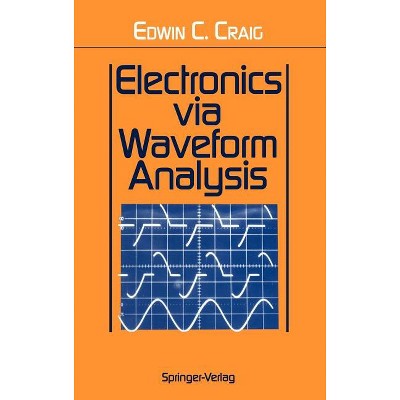Sponsored

An Introduction to the Dlna Architecture - by Edwin A Heredia (Hardcover)
In Stock
Sponsored
About this item
Highlights
- This book describes the architecture and protocols for interconnecting media devices in home networks.
- About the Author: EDWIN A. HEREDIA is a Senior Program Manager in the Windows Multimedia Platform Team at Microsoft overseeing the design and implementation of innovative pervasive media experiences for home networks and the Internet.
- 418 Pages
- Computers + Internet, Networking
Description
Book Synopsis
This book describes the architecture and protocols for interconnecting media devices in home networks. The architecture and protocols described in this book have been developed during the last 10 years by R&D teams from several companies working jointly in two industry organizations known as UPnP and DLNA. This book mainly deals with the DLNA (Digital Living Network Alliance) protocol. This text is especially relevant for the design and development of smart homes, where media devices, communication devices, appliances, and sensors are all integrated in an intelligent network.From the Back Cover
The In-Depth Guide for Interconnecting Media Devices to Create Smart Home Networks
As home computer networks continue expanding to engage with TVs, Blu-ray players, security cameras, appliances, and other devices designed to seamlessly "talk" with one another, the realization of futuristic smart homes looms ever closer on the technological horizon --and promises to permanently alter the way people consume and distribute media.
An Introduction to the DLNA(R) Architecture provides the framework for countless media-related scenarios envisioned for networks that integrate computing, communications, and consumer devices. The result of a ten-year collaborative project stretching across multiple industries, this invaluable resource offers a comprehensive introduction to the architecture and protocols designed and developed by the UPnP Forum and, most notably, the Digital Living Network Alliance (DLNA). This book:
- Greatly facilitates the study of media distribution over home networks by providing a unified view of the current technologies and protocols
- Draws on the coordinated efforts of R&D teams from leading computer, communications, and consumer electronic companies
- Explores what lies ahead for home-to-home connectivity, phone and voice communications, personal cloud technologies, digital media distribution, and more
Painting a vivid, multilayered picture of network technologies, from physical connectivity to application, An Introduction to the DLNA(R) Architecture guides readers in exploring new avenues for integrating technology more effectively and, in the process, inspire them to pave new pathways for enhancing the overall home entertainment experience.
Review Quotes
"Today's connected consumer demands innovative ways to enjoy their content throughout the digital home, including the ability to share photos, music and video across products. The Digital Living Network Alliance (DLNA) has made a commitment to help consumers connect and enjoy their content using any electronic device, from any location in their home, regardless of manufacturer. Edwin Heredia's book provides readers with a great, technical look at relevant opportunities that DLNA provides to integrate technology into consumers daily lives and enhance the overall home entertainment experience via DLNA Certified products."
--Donna Moore, Executive Director, Digital Living Network Alliance
About the Author
EDWIN A. HEREDIA is a Senior Program Manager in the Windows Multimedia Platform Team at Microsoft overseeing the design and implementation of innovative pervasive media experiences for home networks and the Internet. He has been working in the fields of communication protocols and media technologies for more than fifteen years. He has been an active participant and lead contributor in a number of worldwide industry standardization projects, including those envisioned by the UPnP Forum and the Digital Living Network Alliance (DLNA). He received an MSc degree in electrical engineering from the University of Calgary and a PhD in electrical engineering from the University of Delaware.
Shipping details
Return details
Trending Computers & Technology Books

